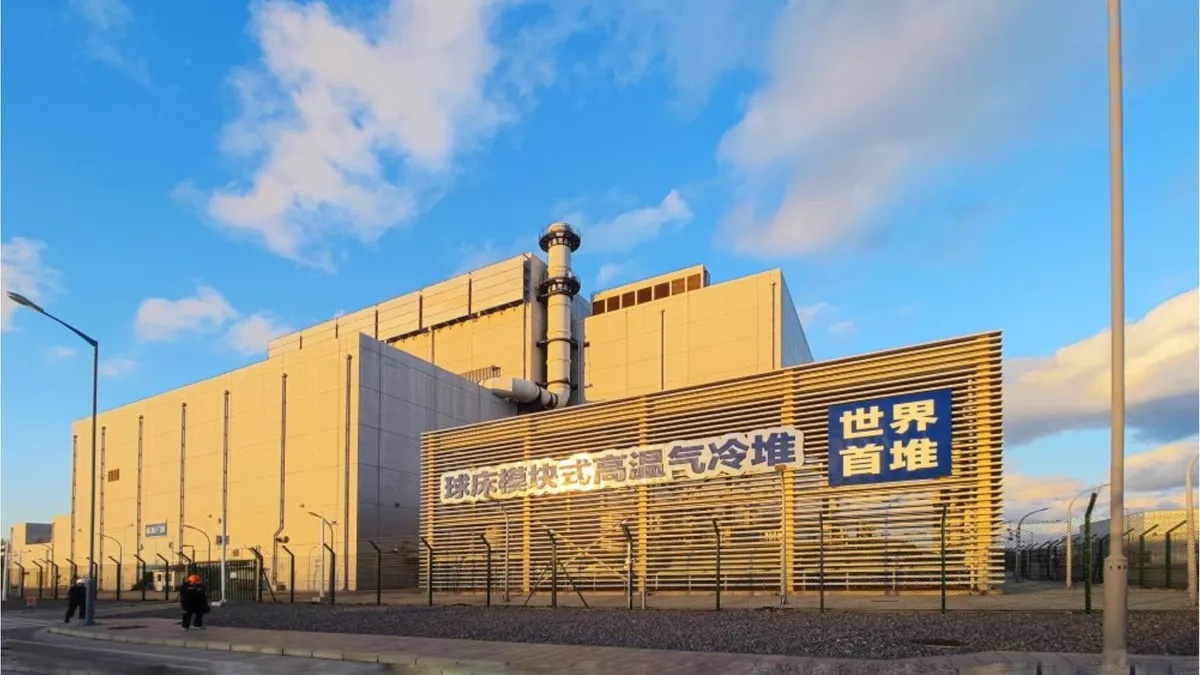China has made a significant stride in next-generation nuclear reactor technology by successfully commissioning the world’s first Generation IV commercial nuclear reactor. Situated at the Shidao Bay Nuclear Power Plant in Shandong Province, the HTR-PM high-temperature gas-cooled (HTGR) pebble-bed reactor began operations after a successful 168-hour demonstration run on December 6, as reported by China’s National Energy Administration (NEA).
The HTR-PM Demo project is a collaborative effort led by Tsinghua University for research and development, primary components/systems design, with China Huaneng Group Co. as the plant owner and operator, and China National Nuclear Co. (CNNC) serving as the Engineering, Procurement, and Construction (EPC) contractor and fuel manufacturer.
Generation IV reactors signify the latest advancements in nuclear power plants, offering enhanced affordability, safety, and efficiency compared to existing technologies. The HTR-PM, categorized as a Generation IV nuclear energy technology and a Small Modular Reactor, recently underwent two safety demonstration tests, demonstrating its ability to undergo natural cooling without relying on emergency core cooling systems.
These safety advancements include passive cooling mechanisms, resilient fuel, self-regulation of the fission reaction, and the ability to endure emergencies independently. Utilizing helium for cooling, the reactor eliminates the need for proximity to water bodies.
The facility features two HTR-PM reactor modules coupled with a shared steam turbine. Construction began in 2012, with the operational permit granted on August 20, 2021, and synchronization with the grid achieved on December 20, 2021. Currently operating at a capacity of 2×200 megawatts thermal, the plant showcases a commitment to technological innovation with over 2,200 sets of pioneering equipment and the largest production capacity globally for the supporting fuel element production line.
The primary objective of the HTR-PM is to simultaneously produce high-temperature steam and generate electricity. This technology is economically advantageous for providing steam and electricity to the petrochemical industry as a sustainable alternative to traditional combustion methods. The successful deployment of the HTR-PM aligns with China’s “dual carbon” objective, contributing to the optimization of the energy landscape. Researchers anticipate the implementation of similar groundbreaking technologies in numerous commercial projects currently in the planning stages in China.
By Impact Lab


